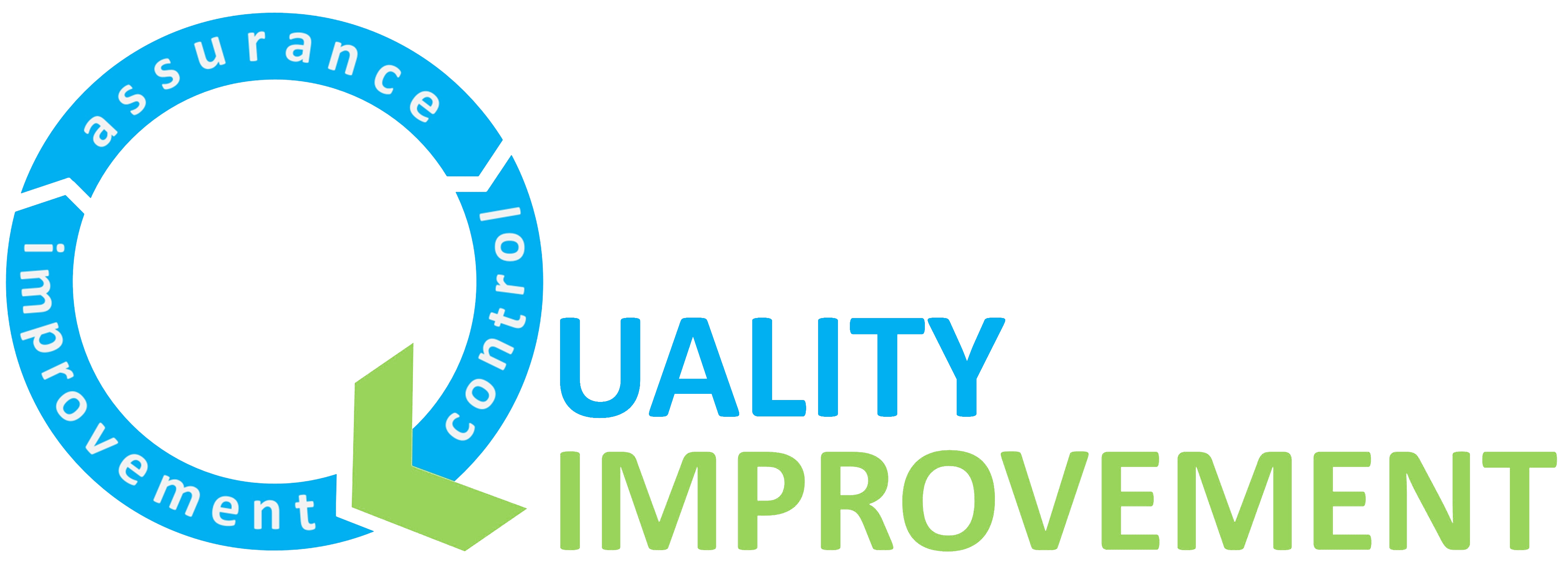
18th March 2019

I figured it was probably about time to tackle this topic, given that we’re six blogs into the series! So, what is a Chief Quality Officer (CQO), and what does one do?
It’s probably useful to start by mentioning that CQOs are very common in the US and some other parts of the world, but still pretty rare in the UK. I think I am perhaps the only CQO of a provider Trust in England (although I’ve just seen that University Hospitals Coventry & Warwickshire may be appointing their first CQO, which would be exciting!) We have the excellent Simon Watson at NHS Lothian in Scotland, but there may otherwise be no CQOs yet in any provider Trust in the UK.
But back in 2013, the Keogh review, which looked into the fourteen English hospitals with higher than expected mortality rates, recommended that healthcare organisations have people with the breadth of skills and expertise to know what data to look at, how to scrutinise it, and use it to drive tangible improvements. The review referenced the prevalence of Chief Quality Officers in the US, but stated that this may not necessarily require a new Board role. Professor Nick Black endorsed the need for a new Board role, writing that “we need Chief Quality Officers with vision to lead, inspire staff and facilitate rigorous assessment and improvement of quality throughout their trust.”
The basic argument is that as the core purpose of a healthcare provider is about quality of care, it ought to have Board-level expertise in quality, just as it does for finance in a Chief Finance Officer. That there even is such a thing as ‘expertise in quality’ remains questionable for many, who argue that simply being a clinical leader such as a doctor or nurse on the Board, remains sufficient expertise and knowledge on the topic of quality of care. Increasingly though, there is recognition of a body of scientific knowledge on continuous improvement, quality management, complex systems, human behaviour and change, that can be a major asset for organisations that are aspiring to provide the highest possible quality and moving from ‘good to great’.
Another common question that I’ve been frequently asked is ‘who is responsible for quality?’ when you have a nurse leader, medical leader and quality leader on the Board. My view is that this is a healthy tension, as when quality becomes one person’s responsibility, we’re heading in the wrong direction! Quality is so core to our mission as an organisation that it absolutely has to be a shared, collective responsibility, for us to have any chance of meeting the needs of those we serve. At ELFT, I work closely with the Chief Nurse and Chief Medical Officer on all aspects of quality, and our understanding of the best way to manage this will continue to evolve.
OK, enough about the need for CQOs. What does one actually do? Partly, I’m in the enviable position of being able to make it up as I go, as there’s such little precedent in the NHS. But I also feel the weight of having to demonstrate the value of the role, in order to encourage other leaders that they would genuinely benefit and see a return from an investment in Board-level expertise on quality.
The role of a Chief Quality Officer is about influencing the culture of an organisation to engage and activate people, leading breakthrough improvement work, building an infrastructure to support improvement at scale, and developing a holistic quality management system that incorporates rigorous planning, meaningful assurance and reliable quality control. What kind of activities do these translate to? Well, let’s take the example of planning. Usual NHS planning is fairly dull, mostly to satisfy external agencies and usually centred around paper plans. I’ve tried to influence a new approach to planning at ELFT, with one example being our new Trust strategy which we launched in 2018. The strategy itself is a simple one-pager, visualised using an improvement tool called a driver diagram.
The process of creating the strategy involved over 30 workshops and 1000 people (both staff, service users and stakeholders) over a period of four months, with the qualitative data collated and analysed systematically to build the strategy from the ground up. This took longer than the old approach might have, but it allowed people to be part of the conversation, come to terms with it over the course of a few months and feel that they really own our new promise to our population. It will give us a much better chance of delivering, I think.
Let’s take another example related to influencing culture. For six years now, I’ve met with all new starters at ELFT through a one-hour session at induction, as a very simple but effective way to influence the culture of the organisation. I had a huge amount of fun leading our Breaking the Rules campaign in 2017, which enabled all staff and service users to voice rules that they perceived were getting in the way of us doing the right thing. As a campaign, it reinforced the principles that we’re trying to encourage through our improvement philosophy of flipping the power, giving all a voice, and stopping doing things that add little value.
The CQO role has a breadth that means I have to influence across all executive portfolios, all parts of the organisation and at all levels. It also includes being the executive director for the corporate quality function, which supports the organisation through expertise in quality improvement and quality assurance.
The executive and Board role means having to tread the fine line of being an internal guide to the team, whilst being in the team. It can be a difficult place to be, as I know I’d be less effective if I didn’t retain enough objectivity to be able to guide and act as a critical friend, but also need to be an effective team player within the executive and take on collective responsibility and lead on my share of areas.
The executive team often has to grapple with meeting internally- and externally-driven aspirations or requirements, and balance the need for assurance, control and improvement. This is an entirely healthy tension for a well-functioning executive team, and surfaces precisely the kind of conversations that a maturing improvement-focused organisation ought to be engaging in. The Chief Quality Officer role helps provide guidance on these questions, internal challenge and also offers solutions.
An average week for me usually includes a mix of Executive team or Board meetings; time with our quality teams, leading on design and delivery of our Trustwide workstreams for strategic improvement priorities or quality assurance activities; leadership on Trustwide programmes of work such as staff engagement or analytics; a smattering of corporate meetings (that I do my best to only attend if I’m adding value); and visits to clinical or corporate teams as executive walkrounds or to celebrate their improvement work.
Every week always also includes clinical work, as a Chief Quality Officer is one of perhaps only a couple of people in the executive team with ongoing regular clinical responsibilities. I find this aspect of the job rewarding, as it allows me to switch attention rapidly from the individual to the whole system. Being able to continually flip between perspectives and learn from both helps me be a better leader I think.
So, that’s my best guess at what I do, or should be doing, now that I’m a year into the role. I’d love to hear your thoughts on whether you see an ongoing need for chief quality officers in healthcare. And wouldn’t it be nice if this blog inspired a chair or chief exec to consider what a CQO might bring to their organisation??
You can read all past QI Essentials posts here.
18th July 2018
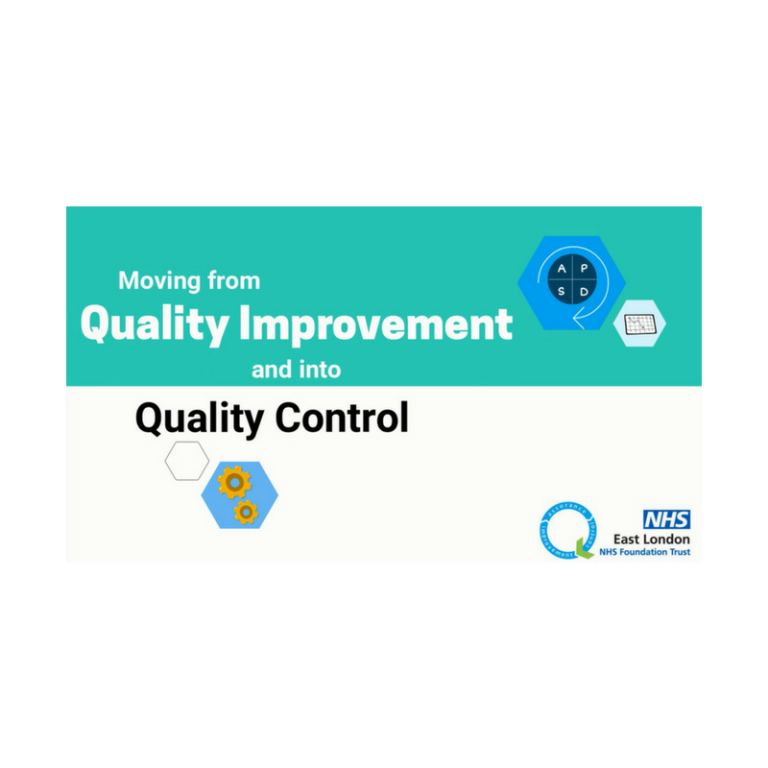
20th May 2019
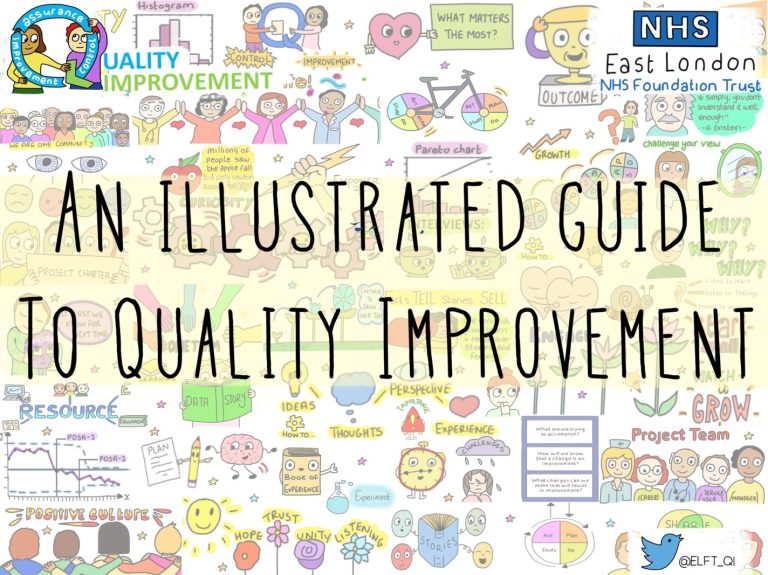
22nd March 2016
21st January 2021

31st March 2023
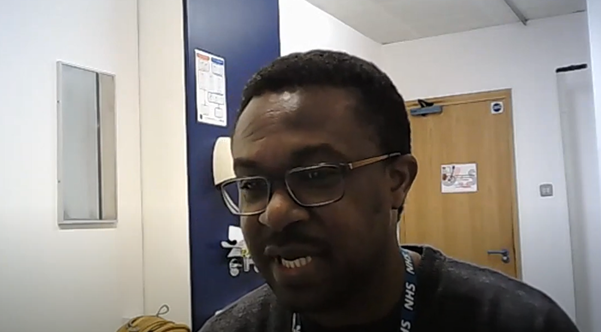
18th March 2019

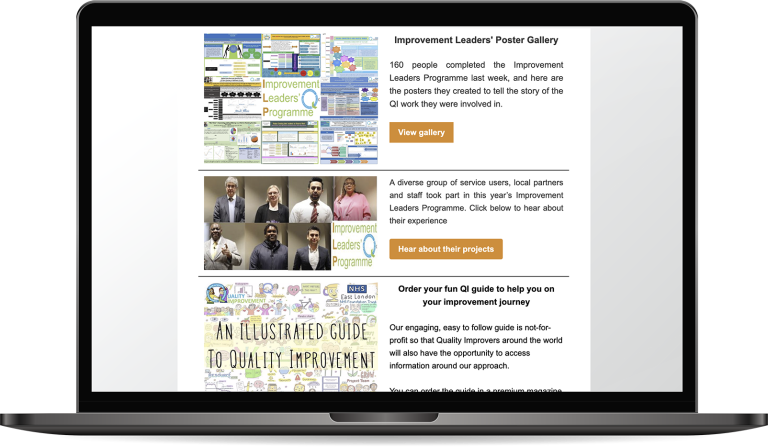
To keep up to date on the latest concerning QI at ELFT, follow us on our socials.

